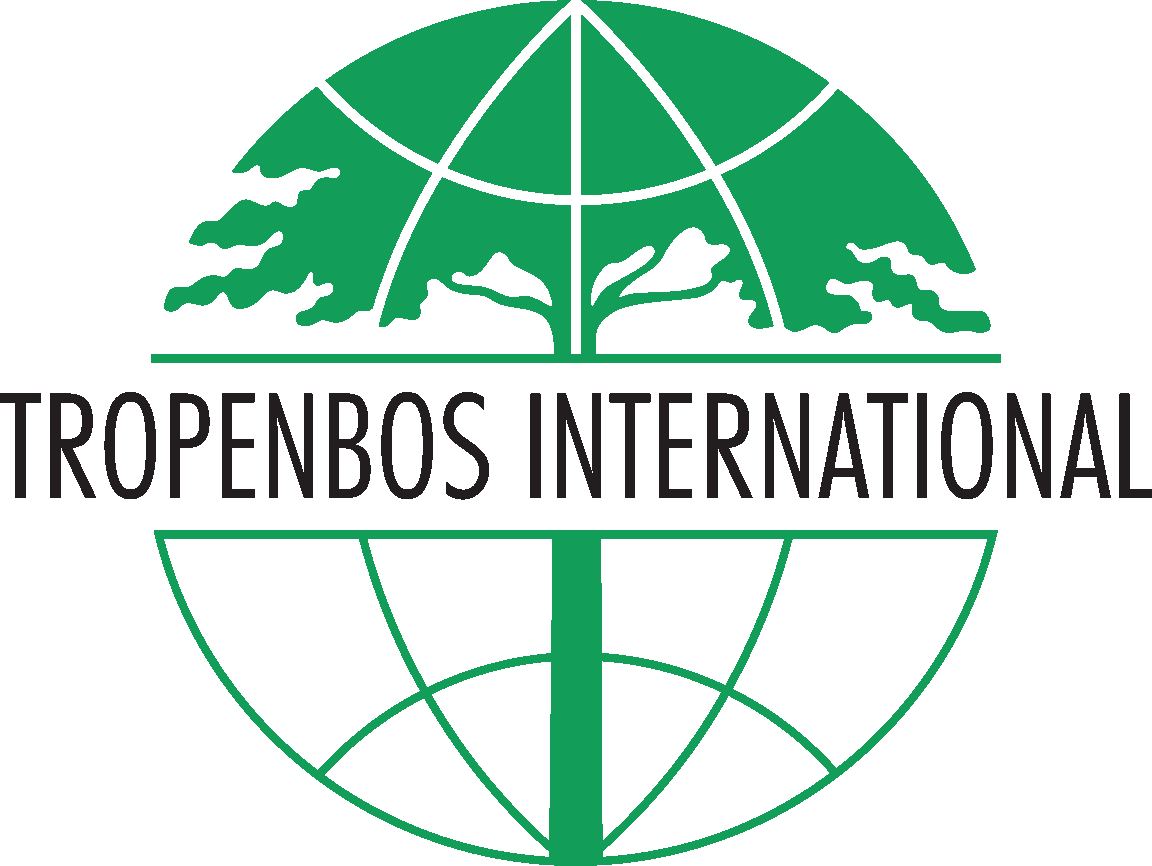Community / Land projects / Water Stewardship Activities, Ica’
Water Stewardship Activities, Ica’

€0
11/23 - 09/24
Completed
This project is part of
Implementing Organisations
Donors
Data Providers
General
ContextThe Peruvian coast receives in only 3 months almost all the water it will use during the year. Together with Trujillo (Chao-Viru) and Piura, Ica is an agro-export hub of great importance for the Peruvian economy and its products are largely exported to European markets via the port of Rotterdam. Peru has three major basins: western (Pacific Ocean), eastern (Atlantic Ocean) and Titicaca (Peruvian-Bolivian border). The Pacific basin, where Ica is located, only represents 2.18% of the water available to the country; however, it provides water to 66% of the Peruvian population, which is why it is vital to ensure sustainable and environmental friendly value chains.The Villacuri aquifer in Ica continues to be the most exploited in Peru and its recharge is of vital importance to continue with agro-exporting. The Ica region in Peru is a major sourcing region for agro-exporting companies and deals with several challenges related to water scarcity: (1) less water availability during the dry season in the Ica catchment due to climate change and melting (or non-existence) of glaciers and permanent snow, (2) erosion caused by wind and precipitation upstream, (3) degradation of ecosystems, (4) increased runoff of freshwater to the sea during the rainy season causing floods and (5) lack of water availability for livelihoods in the rural communities upstream. AmbitionThe overall ambition is to increase water infiltration in upstream Ica combined with a reduction in soil erosion, in order to improve the livelihoods of upstream communities. Learnings of those interventions are to be embedded in a sound, locally validated and date-driven water stewardship plan that promotes catchment-wide water management.The approach of this project is two-fold, it focuses on water management and livelihoods. In terms of water management, the approach will be to support ongoing landscape interventions and to evaluate the impact of these interventions against the hypothesized benefits. This is done by quantitative monitoring specifically focused at better understanding the infiltration benefits of the infiltration ditches, reforestation, and natural vegetation restoration. In terms of livelihoods, the approach will be to use participatory processes to identify community-based land management plans and to validate those plans through a local water stewardship approach. The required maintenance of the infiltration ditches will be addressed as part of the community livelihoods and community-based land management component of the approach.ActivitiesThe scope of activities includes the following:1. Create capacity with community stakeholders on land (and water) management and restoration strategies and practices, that support livelihoods (livestock and agriculture) while at the same time generating catchment outcomes like flood and erosion control and, direct livelihood benefits of the nature-based solution of infiltration ditches and tree planting.2. Co-develop a feasible and financeable plan for community-based land management and restoration activity in the Tambo region.3. Generate pilot activity by community members for land management and restoration. Activities focus on improvement of livelihood, using rural socio economical sustainable development, for example: improvement of local markets and basin local value chain.4. Embed results, learnings, and further plans for the landscape-intervention & nature-based solutions into the water stewardship plan.5. Based on the outcomes of the activities during this project, develop a project plan on how to continue the project and possibly scale-up in consecutive.



